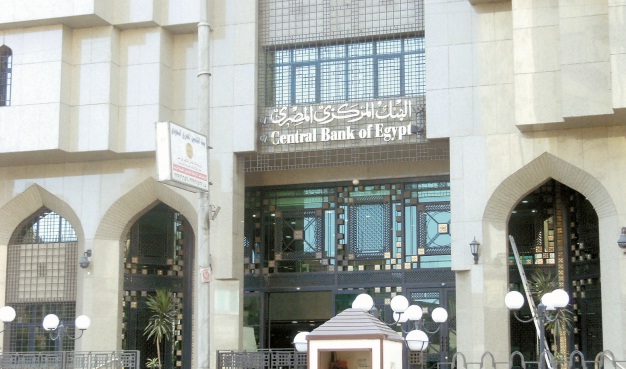The Central Bank of Egypt (CBE) revealed, on Sunday, the reasons for the decline in Egypt’s inflation rate during July 2020.
The annual headline urban inflation declined to 4.2% in July 2020, from 5.6% in June 2020, the lowest rate recorded since November 2019. The decline came on the back of continued muted inflationary pressures and supported by favourable base effects.
Monthly headline urban inflation recorded 0.4% in July 2020, compared to 1.8% in July 2019. The July figure incorporated the impact of the implemented fiscal consolidation measures, to reach cost recovery for fuel products in 2019.
The monthly headline urban inflation in July continued to reflect higher non-food prices and lower food prices for the third consecutive month. It mainly reflected higher electricity prices (regulated item), as well as cafes’ and restaurants (services item).
This was partly offset by lower prices of food items, mainly reflecting lower prices of poultry (core food), as well as lower prices of fresh fruits and vegetables. In addition, clothing prices declined slightly during July.
The decline in annual headline urban inflation was driven by lower annual contribution of food and non-food items with broadly similar magnitudes. Annual food inflation declined in July 2020, driven mainly by lower prices of volatile food items, which came against their historical seasonal pattern.
In addition, annual non-food inflation declined as a result of lower annual contributions of regulated, retail and services items. This stemmed mainly from incorporating the direct and indirect impacts of higher fuel prices in 2019.
Against this backdrop, monthly core inflation, computed by the CBE, recorded -0.1% in July 2020, compared to 0.1% in July 2019. As a result, annual core inflation, computed by the CBE, declined to 0.7% in July 2020 from 1.0% in June 2020, the lowest rate on record.
Moreover, rural annual inflation in all areas, published by the Central Agency for Public Mobilization and Statistics, declined to record 4.6% and 5.1% in July 2020, from 6.0% and 6.4% in June 2020, respectively.
The prices of regulated items increased by 2.54%, to contribute by 0.58% to monthly headline inflation. This was mainly due to higher prices of electricity and tobacco products.
Fresh vegetables and fruits prices declined 1.46 % and 2.93 %, respectively, in July 2020. Together they contributed -0.11% to monthly headline inflation.
Poultry prices declined for the second consecutive month, by 3.84 %, to contribute by -0.15% to monthly headline inflation.
Prices of fish and seafood declined for the third consecutive month by 1.25%, to contribute by -0.03% to monthly headline inflation.
Prices of red meat remained broadly stable after six months of increase. At the same time, prices of other core food items, including bread, cereals and dairy products, increased only slightly to contribute by 0.02% to monthly headline inflation.
Prices of services also increased by 0.31%, contributing 0.11% to monthly headline inflation. This was mainly due to higher prices reported at cafes and restaurants, as they recorded the highest monthly increase since July 2018. This latter increase is mainly attributed to the partial reopening from the novel coronavirus (COVID-19) lockdown.
Prices of retail items declined by 0.19% after three consecutive months of increase, to contribute by negative 0.03% to monthly headline inflation. This was mainly due to lower prices of clothing.
Monthly core inflation was affected by price changes of the aforementioned core CPI items. Core food items and retail items contributed -0.23% and -0.04%, respectively, to monthly core inflation. Meanwhile, services contributed by positive 0.15% to monthly core inflation.




